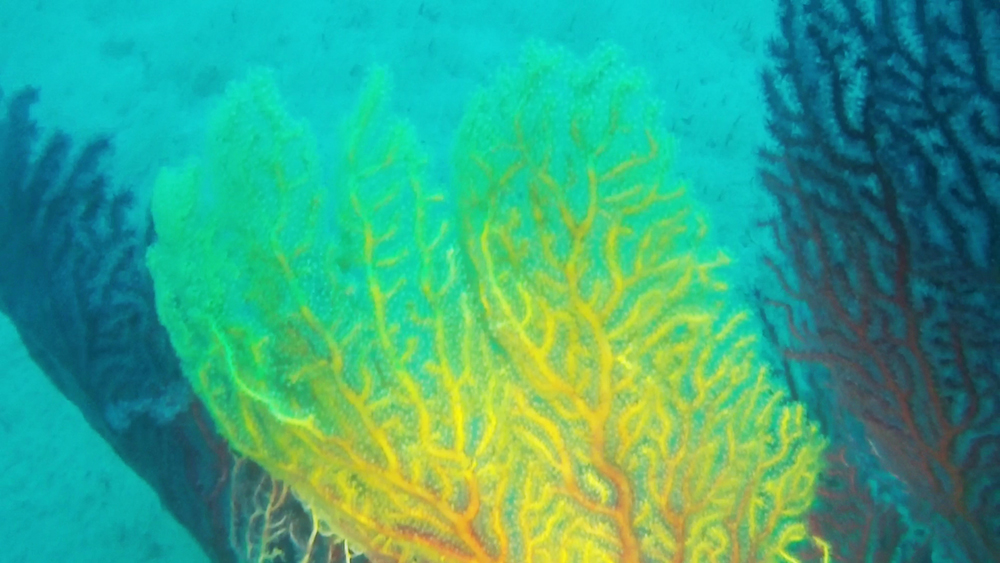False black coral - Savalia savaglia
Savalia savaglia is a colonial antozoo whose appearance resembles that of the common sea fans, but the polyps that constitute it differ greatly from those of the latter is for the structure to the size. Savalia savaglia falso corallo nero antozoo coloniale cnidari cnidarian
Description
The skeleton that supports the colony, a private time of coenenchyme, is black in color ebony and is constituted by a scleroprotein: the antipatina, distributed in concentric lamellae huddled between them. The horny axis shows the center a first axis belonging to the skeleton of another gorgonian and provides the basis of adherence to the blades of antipatina.
For the chemical composition of its board, Savalia savaglia constitutes a passing period between Zoantharia and antipatharians; the latter, are known in the tropical seas, where even a relatively modest bathymetry are found sixty species.
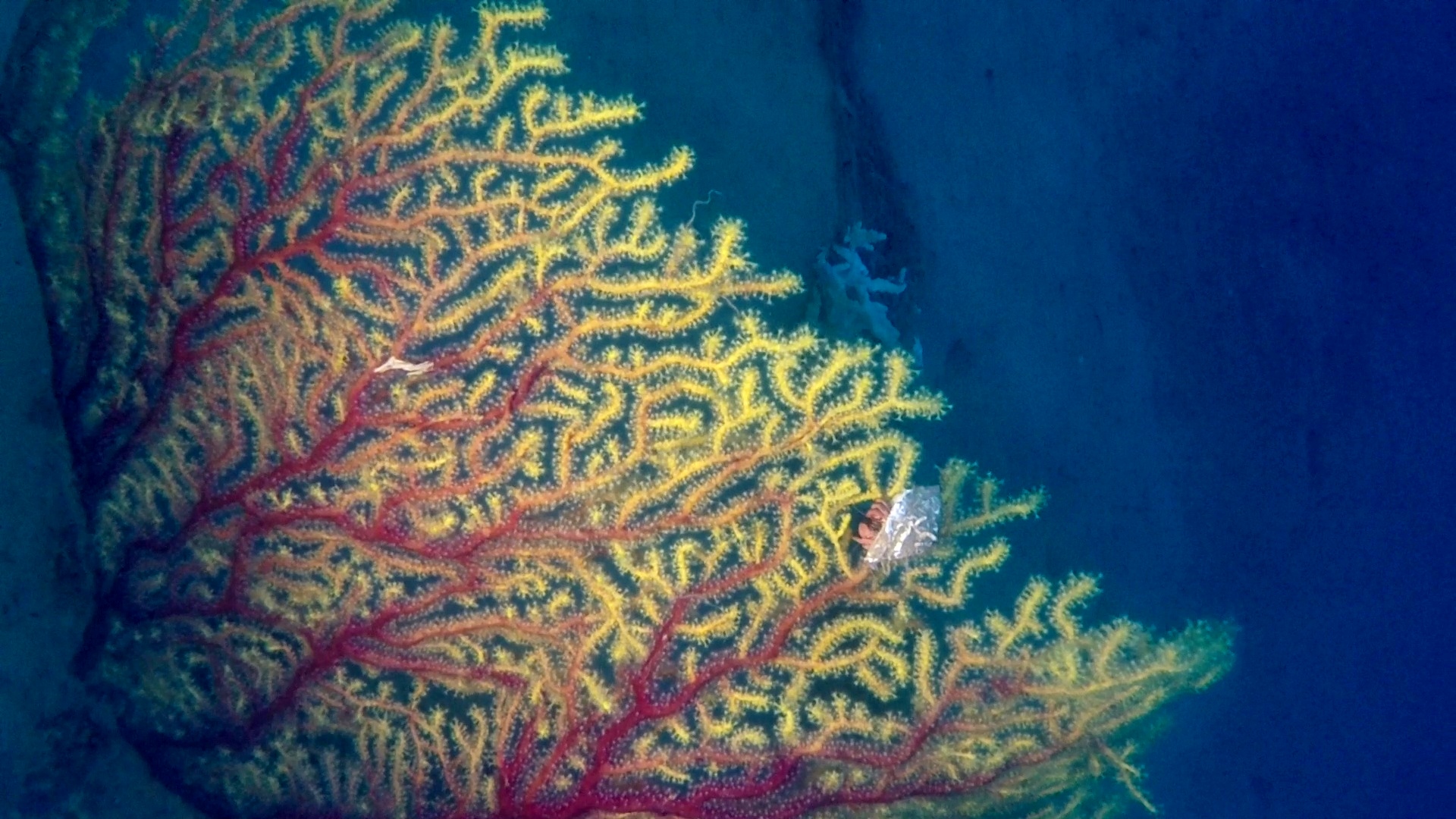
Savalia savaglia falso corallo nero antozoo coloniale cnidari cnidarian
In the Mediterranean, they are present in only a few species rarely observed in nature because of the high depth at which they live. The antipatharians possess the horny axis very similar from a morphological point of view, that of Savalia savaglia; hence, for this species, the common name perhaps improper, but surely charming “false mediterranean black coral“.
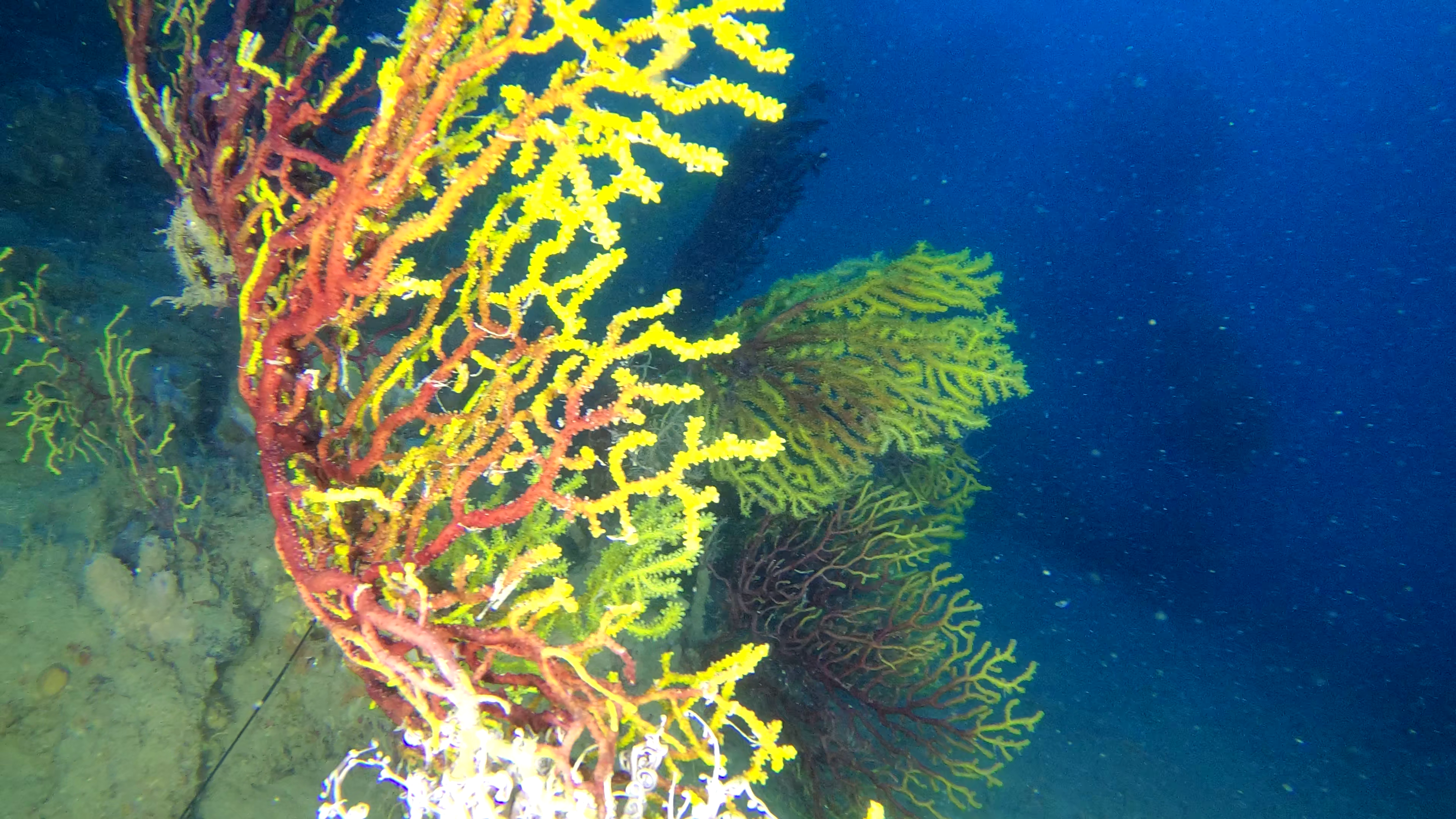
Biology and ecology of this cnidarian is currently still knows very little, mainly because of poor studies in this regard. It is interesting, however, detect the particular aggressiveness: its polyps in close proximity to other forms of arborescent life, cause in the contact zone and in that immediately adjacent to the necrotic area of 5-6 mm; subsequently they are able to completely cover the body attacked assuming the shape.
If repeatedly observed settlement of ramifications of gorgonians, Savalia savaglia shows a slow but steady growth in the doodle that welcomes, is that colonization occurs from the base of this or from the ends of its branches.
Savalia savaglia falso corallo nero antozoo coloniale cnidari cnidarian
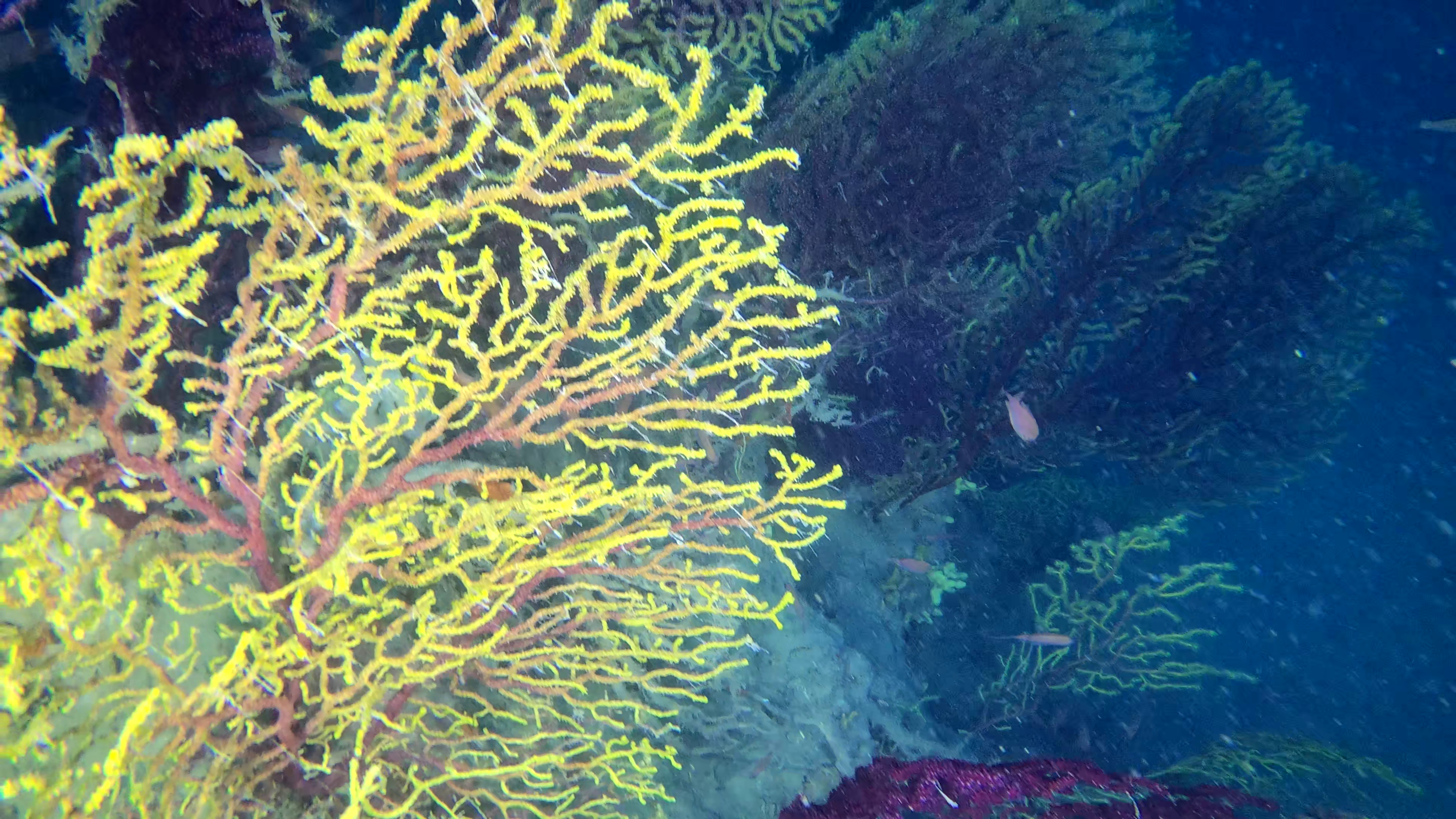
Distribution and habitat
The geographical distribution of this species is not limited to the Mediterranean Sea, but it has also been described in the Atlantic archipelago of Madeira and the Canary Islands. In our country the distribution and density of the settlements are not fully known; however some sites are now known in which is unquestionably present: Tuscan Archipelago, Gulf of Naples, Aegadian, Sestri Levante, Portofino, the Messina Strait, Ustica, Sardinia.
By analyzing the existing bibliographic data, Savalia savaglia is present below the bathymetry of 40 m; Brito (1983) indicates the presence of zoantario at a depth of 23 meters, in the Atlantic, around the Canary Islands. Meinesz (1990) on the island of Lavezzi in Corsica, observes a branch to 25 meters deep; Christ (1992) even describes the presence at depth of only 20 meters, near the island of Mortorio in Sardinia.
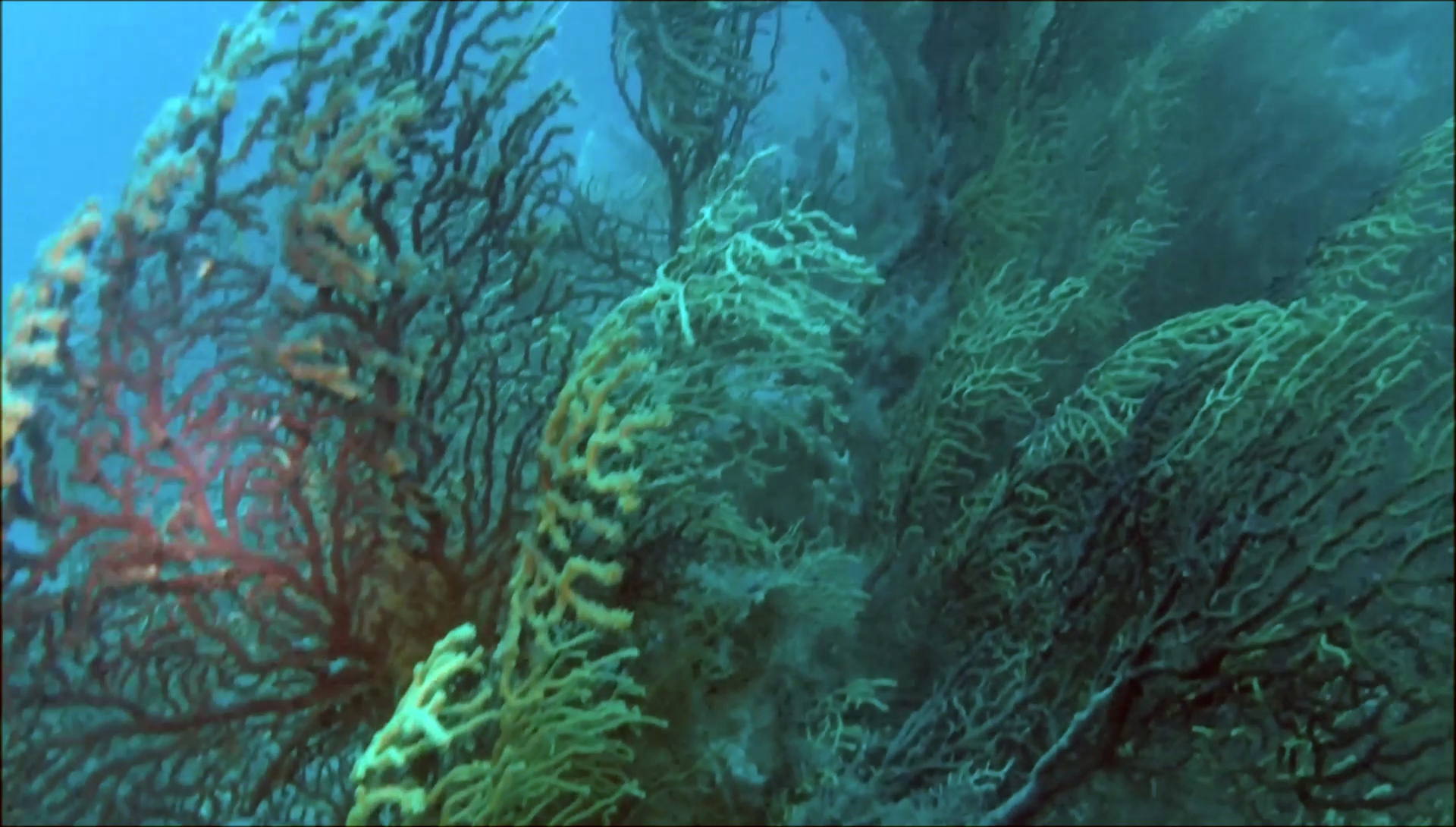
Storage
The corms of Savalia savaglia, for their formation and for their ornamental value, are prized trophies that are removed by divers devoid of all knowledge and ecological education. They are appreciated and unfortunately most often sold as souvenirs without regard to the harm that is caused to a species relatively uncommon. The species is strictly protected (Convention of Bern to annex 2-3; Barcelona Convention Asp 2-3).
Related species
Is confused, because the internal skeleton, with the black coral Antipathella subpinnata.
Gallery
Videos
Palinurus elephas, Corallium rubrum, Scorpaena scrofa, Savalia savaglia, Anthias anthias

